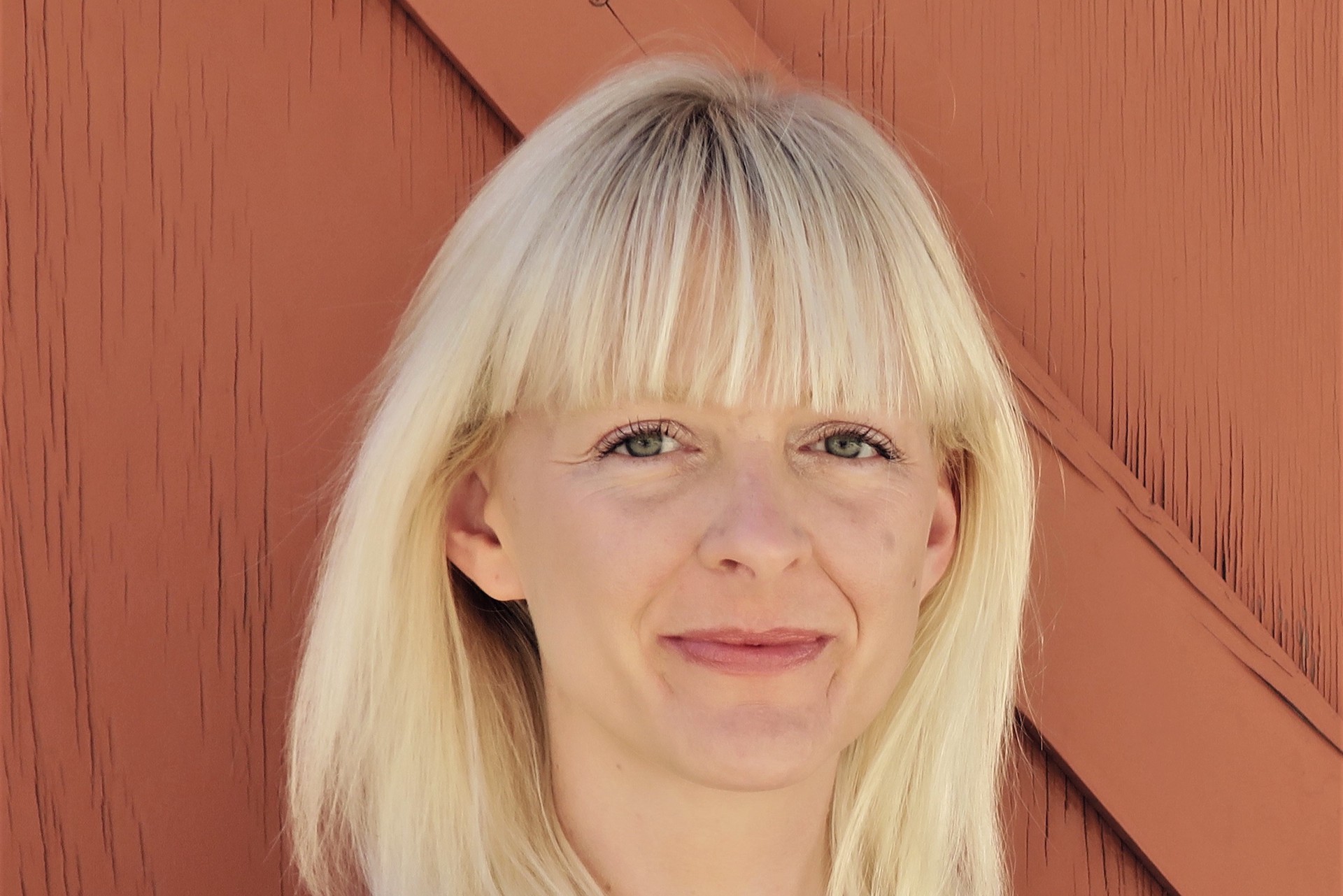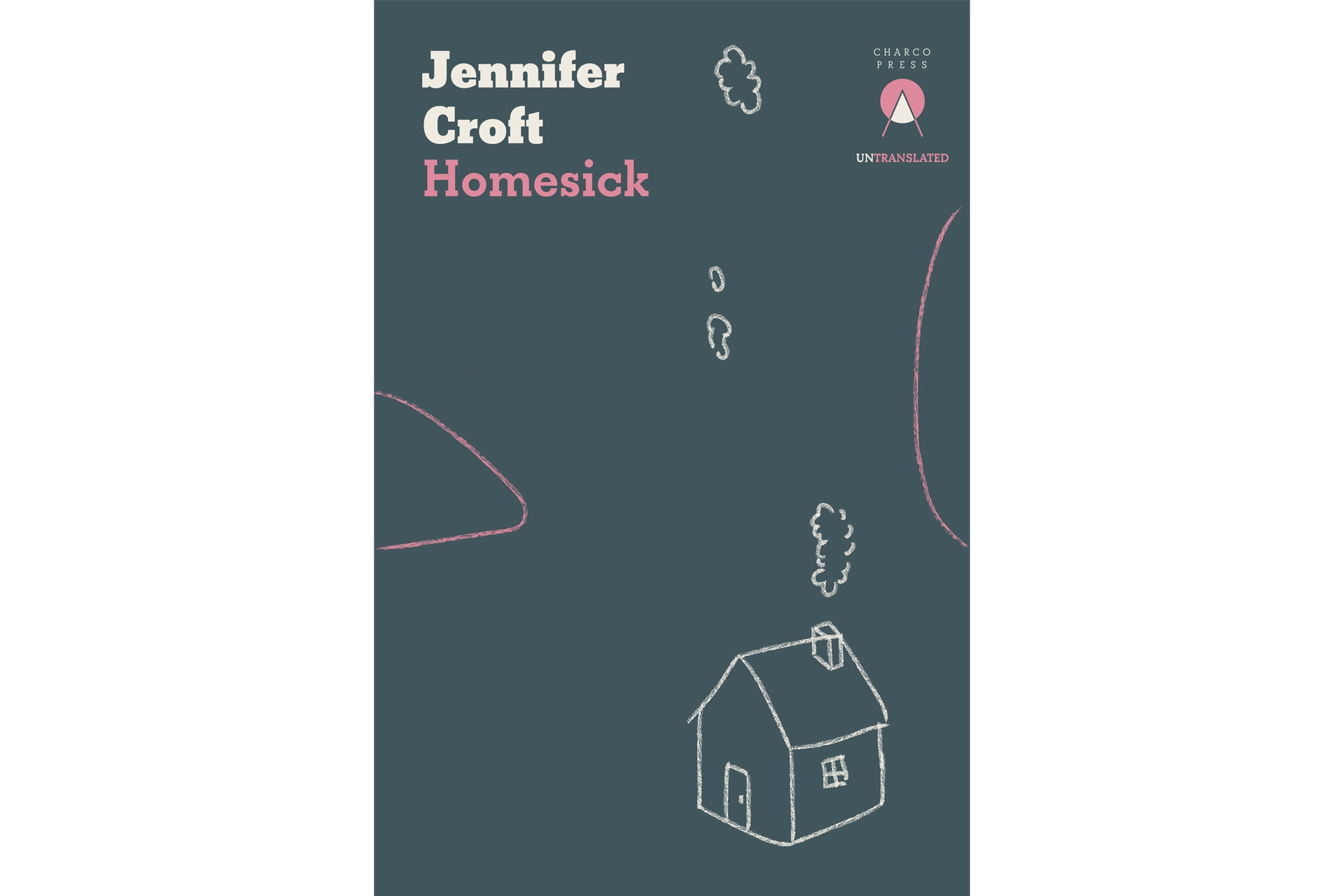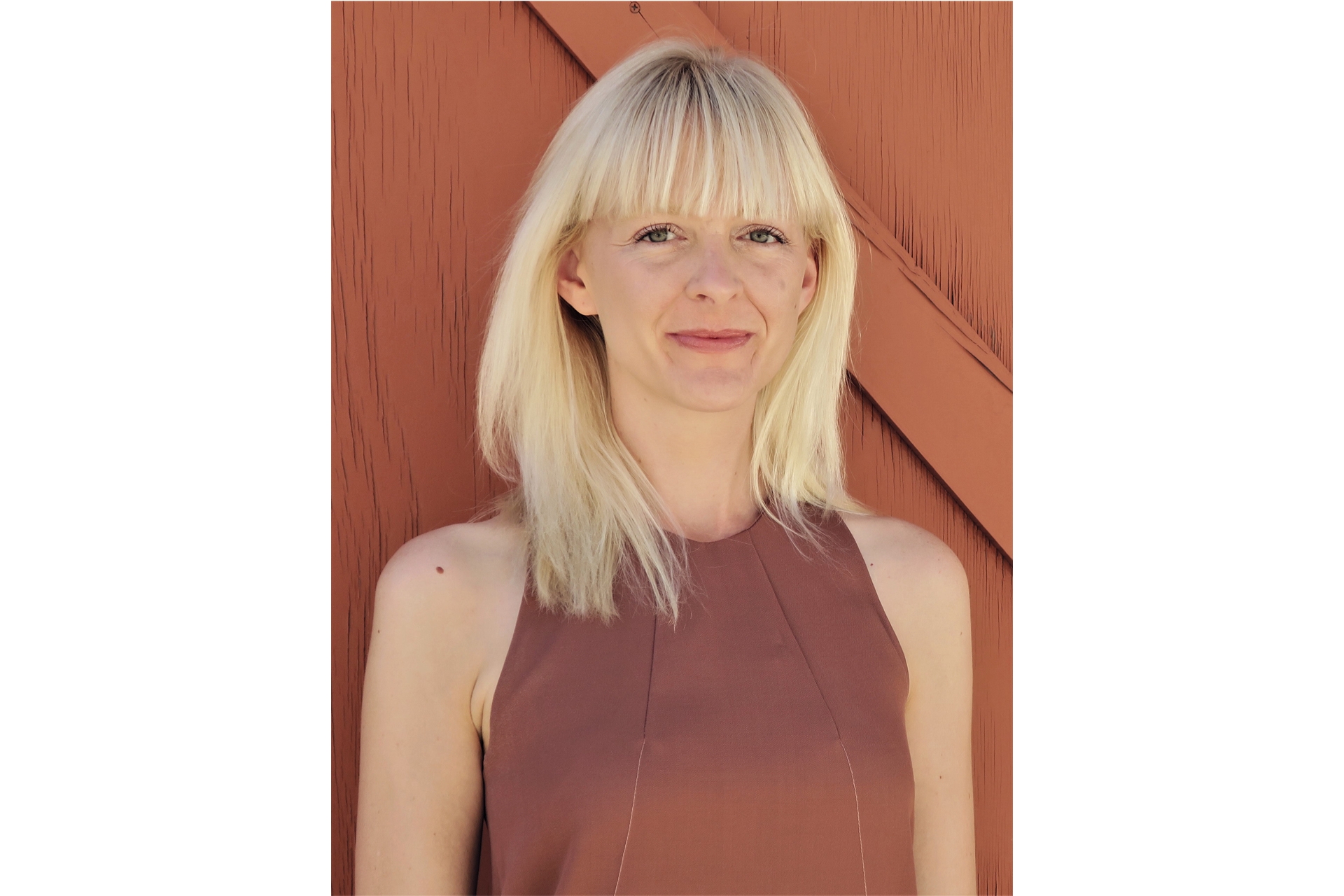C&TH Book Club: Homesick by Jennifer Croft
By
3 years ago
Finding truth in translation

Jennifer Croft won the 2018 International Man Booker prize for her translation of Olga Tokarczuk’s Flights. She talks to Belinda Bamber about her acclaimed autobiographical novel Homesick, published on 23 August 2022.
C&TH Book Club: Homesick by Jennifer Croft

Belinda Bamber: Where are you right now?
Jennifer Croft: I am in Tulsa, Oklahoma, where I am living once again after growing up here and then taking 20 years away. Having recently given birth to twins, I am also always in our apartment (especially since the temperature outside is routinely 40 degrees or even more).
BB: Your novel Homesick, also based in Oklahoma, is an affecting depiction of family life and the rite of passage from childhood to adolescence. The close relationship between the sisters, Amy and Zoe, and the latter’s illness, is the heart of the book. I was intrigued to find it was published as a memoir in the US, whereas it’s launching as a novel in the UK on 23 August. What, for you, is the boundary between fact and fiction in this work?
JC: I would say that the kernel or the essence of this story is made up of childhood experiences of my own. But I wrote the book as a novel, having never even read a memoir before! To me, writing it as a novel meant that while that kernel of truth inspired the book, I was more concerned with finding the right narrative arc, character traits, and voice for the story than I was with truthfully reproducing real-life events. Once I named my character Amy and my sister’s character Zoe (her name in real life is Anne Marie), those characters took on lives of their own. In some ways this process might be comparable to a translation: the original coexists with the translation, and while the two are hopefully in sync with one another, they are inevitably also quite different.
It was my US editor’s suggestion to publish the book as a memoir here, but it has been published as a novel everywhere else.
BB: Amy has a cherished Polaroid camera on which she takes snapshots of her sister, Zoe. The short chapters and longish headings are like captions in a photo album. How did this storytelling method come to you?
JC: Very much so, you’ve hit the nail on the head: the structure I envisioned for the story was a kind of casual collection of Polaroids in prose. At first I put these short vignettes on a blog on my website (jenniferlcroft.com) which meant that they could be viewed/read in any order. But in this particular case I do also like the momentum that builds if you read them in chronological order, as they are arranged in the book.
BB: I like the preface quote from Diane Arbus: ‘A picture is a secret about a secret. The more it tells the less you know.’ It reinforced my sense that children’s observations shouldn’t be underestimated. What does the quote mean for you?
JC: I definitely agree that children are vastly more perceptive than we often give them credit for. Partly because those who are not actively participating in major decisions or events, but rather observing from the sidelines, are more able to understand what’s going on. On the other hand, I think children – particularly shy children like Amy – are very often misunderstood. Adults tend to lump all children into a single category and not really pay that much attention to what might be going on under the surface. This certainly happens to Amy in the novel.
I also wanted the reader to start thinking about the fallibility of photography and the inevitably vanity of Amy’s impulse to capture her sister from the start of the book. Amy believes she can force Zoe to hold still, but she also isn’t really paying attention to all of her sister’s needs or desires; she’s writing her own story that’s based on her own reflection in those Polaroid snapshots.

BB: Amy reveals what it’s like to be in a family with a seriously ill sibling. What has been the reader reaction to Homesick?
JC: The most gratifying reaction is when people tell me their own childhood stories, even just small details from when they were growing up, dramatic or mundane. It makes me so happy when people can connect to a story that I considered quite specific as I was writing it.
BB: Homesick was originally written in Spanish in 2014, as Serpientes y Escaleras (Snakes and Ladders). How did you come up with the English title?
JC: I was thinking about the idea of untranslatability, in the sense that perhaps everything is untranslatable if what you really want is a reproduction, since every word has its own unique history and current associations, almost like a person. The word ‘homesick’ is so lovely because it sounds almost like a child’s word, the combination of ‘home’ and ‘sick’, and there isn’t really an equivalent in the languages I know. There’s ‘nostalgia’, but that doesn’t have the same feeling to it, at least not to me. Plus in the case of these characters, home is also a site of illness, in opposition to the larger world of health and fresh air that the main character, Amy, is trying to reach.
BB: Why did you write the original in Spanish rather than your first language, English?
JC: In 2014, I was living in Buenos Aires, Argentina, and wanting to integrate more fully into the literary community there, which I so admired. I had started translating from Spanish by then, and I had co-founded a bilingual magazine called The Buenos Aires Review, but I still felt I needed to tell a story in order to really be part of what I felt at the time was a literary culture that mostly centred around so-called autofiction, or the semi-autobiographical novel. I appreciated that the authors I was working with in Argentina made themselves so vulnerable in their fiction, like Romina Paula in her novel August, which was the first book in translation I ever published. August is about one character’s struggle to come to terms with the suicide of her best friend, and it is both heart-wrenching and relatable because it rings so true.
Buenos Aires is also the psychoanalysis capital of the world, with more analysts per capita than anywhere else. All of my Argentine friends went to therapy, and in the year before I wrote the novel, I did too. That allowed me to revisit some of the events of my real childhood in a language other than the one in which they’d taken place, which refreshed my perspective and caused me to think in new ways – in particular about Tulsa, Oklahoma, which I would not have considered an interesting backdrop before.
I was also writing my PhD dissertation in English at that time, and it had become hard for me to write in any version of English other than academic-speak, which I found horribly convoluted and counterproductive. My Spanish, which is imperfect, gave me a helpful set of limitations: I had just enough vocabulary to talk about simple, domestic experiences, and I could concentrate on getting an idea across because I didn’t have the luxury of digressions.
I think in the end it worked out well because the Spanish is both local (because I learned everything I know exclusively in Buenos Aires) and foreign. This sets up a certain immediate suspense when the book opens with a scene that takes place in Oklahoma; right away the reader wants to know how Amy would have gotten from there to the Southern Hemisphere.
BB: Why did it take so long to publish an English-language version in the US, in 2019? And how come the UK version only reached us this month!
JC: When I started making the English version, that inherent suspense was obviously lost. It would have been ridiculous to make my English sound like a learner’s English, so I tried to come up with a creative solution and wound up borrowing from that original website, which, because of the structure of the site, required real photographs in addition to my ‘Polaroids in prose’. I drew on a lifetime of pictures I had taken, of Oklahoma and all over Europe, and it took a long time for me to find the right tone in my edits of those pictures.
The UK version of the book is a kind of hybrid between that original Spanish version and the US version. I’ve once again removed the images to take the book back to where I first wanted it to be, the kind of slim novel that you could conceivably read in one sitting, and hope that the reader will trust the voice of the book enough to keep reading and keep thinking in the white space around and between the tiny ‘chapters’.
BB: How did it feel to translate your own work, instead of other people’s?
JC: In my experience it isn’t really possible to translate your own work. There should in any case be a different word for it. When I’m translating someone else’s book, I don’t change or add or remove whole sections, and even if I did, those changes probably wouldn’t impact the original. When I was working on Homesick and Serpientes y escaleras, the versions influenced each other, caused me to rethink certain scenes and certain strategies etc. It was quite a meticulous, and, to be honest, exhausting process, one I don’t think I will ever repeat.
BB: August is Women in Translation Month. Which translators do you admire?
JC: I admire so many translators working today: Frank Wynne, who recently chaired the International Booker Prize jury, and who is a brilliant writer and subtle interpreter of texts; Anton Hur, who translates from Korean; Jeremy Tiang, who translates from Chinese; Esther Allen, who translates from Spanish; Antonia Lloyd-Jones, who translates from Polish; Susan Bernofsky, who translates from German; Damion Searls, who translates from too many languages to list. Boris Dralyuk, who translates mostly Ukrainian writers as well as Russian writers in exile – but Boris is also my husband, so perhaps he doesn’t count.
BB: Your next novel Amadou is due out soon – can you tell us more?
JC: Amadou is a novel about eight translators who converge in Białowieża, Europe’s last primeval forest, on the border between Poland and Europe’s last dictatorship, Belarus. These eight protagonists, who all arrive from different nations, have one thing in common: an adoration of Polish author Irena Rey, who has just completed her highly anticipated magnum opus, Gray Eminence. By tradition, the group will produce eight different versions of the novel together at Irena’s home in an eerily empty village surrounded by trees as far as the eye can see. However, no sooner have they arrived than Irena disappears without a trace.
BB: Is it important for you to maintain the twin strands of translating and writing your own fiction in the future?
C: Very much so! Translation is always a happy collaboration for me, the eruption in my own work of the voice(s) of another. I’d get so bored only listening to myself.
Jennifer Croft has won numerous awards, grants and fellowships, including the 2018 Man Booker prize for her translation of Olga Tokarczuk’s ‘Flights’. ‘Homesick’ comes out in the UK on 23 August, published by Charco Press. charcopress.com
READ MORE
C&TH Book Club: Lessons in Chemistry by Bonnie Garmus / C&TH Book Club: Acts of Service by Lillian Fishman



